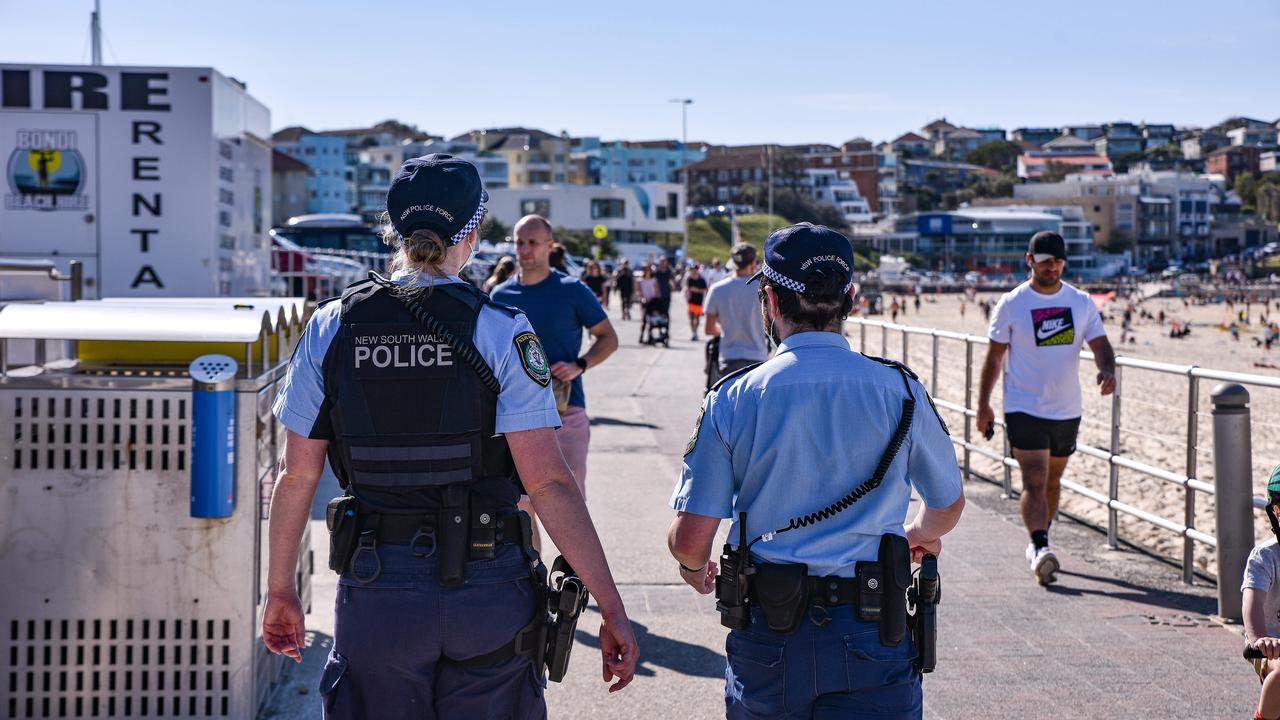Why Garrett doesn't give a dam
PETER Garrett, the rock-star Environment Minister, is a showman who knows how to build suspense before a big performance.
PETER Garrett, the rock-star Environment Minister, is a showman who knows how to build suspense before a big performance.
So as he prepared to blow Anna Bligh's Traveston Dam project out of the water this week, he deliberately kept her in the dark.
To her political peril, the Premier learned of the decision only minutes before Mr Garrett revealed his hand to a roomful of journalists at the commonwealth offices in Brisbane on Wednesday.
With the media already assembled, Mr Garrett's chief-of-staff, David Williams, telephoned Ms Bligh's senior adviser, David Shankey, to relay his boss's dramatic decision to veto the dam on environmental grounds.
Her staff had been frantically calling Mr Garrett's office all morning in the hope of a heads-up -- only to be repeatedly fobbed off by being told that the decision was still being finalised.
"It's a very odd way to behave," an official familiar with the day's deliberations lamented yesterday.
"If you are going to be making a media announcement about something, you might think you would at least tell the proponent the outcome some time beforehand."
But the Garrett camp argues that as a former president of the Australian Conservation Foundation, the minister could not be seen to be taking sides and tipping off anyone beforehand.
"There's a lot of pressure on him with his decision-making because of who he is, because decisions he makes are challengeable in court," a source said yesterday.
"They knew we were going to make an announcement this week.
"We wouldn't notify (the pending decision) to a private company that is the proponent, so we wouldn't notify her either."
The decision ought not to have come as such a surprise to the Queensland government, given the narrowness of Mr Garrett's responsibilities under federal environmental law.
Legally, his decision had to be based only on whether the dam would threaten rare animals.
Queensland's Co-ordinator-General proposed 1200 environmental conditions to make Traveston the nation's "greenest" dam.
The report listed 16 threatened species of plants, and 13 animals, in the area to be flooded -- including the Mary River cod, the nation's most endangered fish, the Mary River turtle and the rare lungfish.
The state government's own analysis conceded that the dam could affect breeding areas for lungfish -- effectively making Mr Garrett's decision a fait accompli.
Reviews of the Queensland government proposal, commissioned by Mr Garrett last month, were scathing.
One of the reviewers was Stuart Bunn, director of the Australian Rivers Institute at Griffith University and a member of the National Water Commission, who reported that many of the conservation measures had never been tried.
He singled out the Queensland government's choice of scientific advisers, noting that three of them had been nominated as advisers
to a proposed new Freshwater Species Conservation Centre and were likely therefore to have
a "significant direct interest in
the proposed research program (of) $28 million over 10 years" funded by Queensland Water Infrastructure.
Mr Garrett also took advice from the Centre for International Economics, which raised concerns about the Queensland government's "piecemeal" economic analysis of the dam.
"The economic analysis is based on a number of assumptions that are contentious and likely to 'bias' the results in favour of (the dam)," the report concluded. "The Queensland Co-ordinator-General does not consider whether there are alternatives that may deliver better outcomes than (the dam).
"(It) does not consider the additional benefits of desalination facilities, such as having a supply that is not reliant on rainfall."



